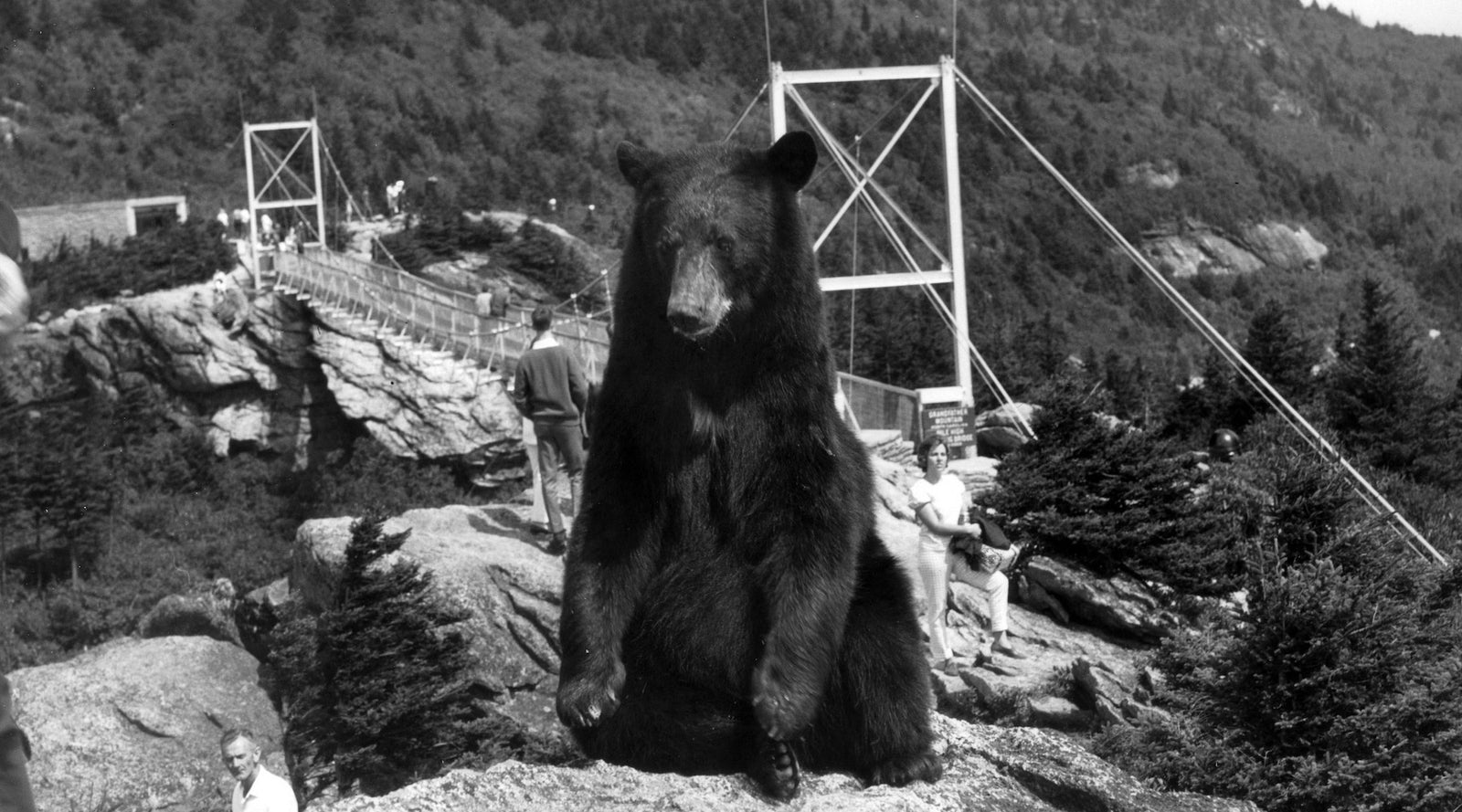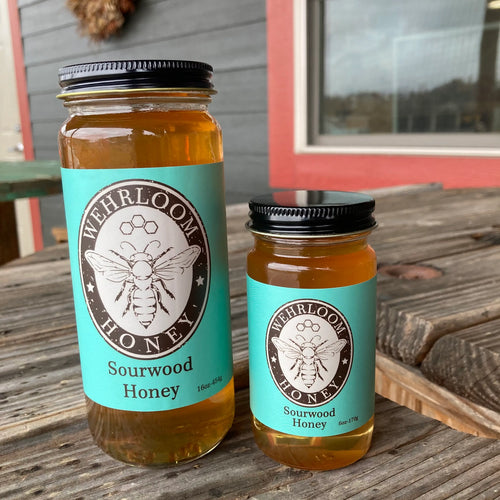
Kituwah, which is considered the place of origin for Cherokee people. Photo by Aaron Morgan on Flickr.
“I was like a tumbleweed, I wasn’t rooted, but I understand now that our DNA is of this land.”
— Amy Walker, an Eastern Band of Cherokee Indians elder
AMY WALKER, 79, gets emotional each time she drives from her home in Cherokee, North Carolina, to Kituwah, a sacred site just seven miles outside of town, to tend to her four-acre garden. There, in the place where her ancestors settled thousands of years ago, she plants heirloom beans and corn, the same crops they once grew.An elder of the Eastern Band of Cherokee Indians (EBCI), Walker says the garden keeps her connected to her identity as an indigenous woman. “Down where there are 1,000 graves on the land,” she says. “Our ancestors’ spirits are there.”
Kituwah, known as “the Mother Town,” is considered the place of origin for the Cherokee people. It is one of 25 known mounds in western North Carolina and Tennessee that once stood at the heart of every village and contained sacred fire before the Cherokee were forcibly removed from their homelands in 1838 and ordered to walk 1,000 miles to Oklahoma. The land they left behind was colonized and redistributed to white settlers. More than 150 years would pass before the EBCI would have the opportunity to reclaim ownership of land that was once theirs.














